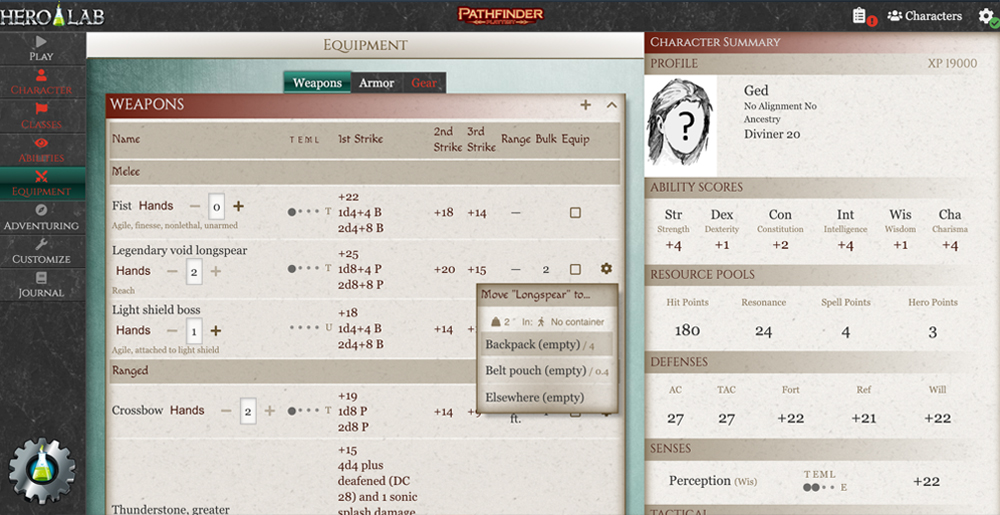
Rinsing: Always rinse a buret (including the tip) before filling it with a new solution.Your instructor will demonstrate the techniques described here. Proper use of a buret is critical to performing accurate titrations. Green beans and peas, sweet corn, asparagus, pineapple, cranberries, cucumbers, lettuceįrom Roberts, Hollenberg, and Postman, General Chemistry in the Laboratory.

Table 1: Vitamin C content of some foodstuffs Vitamin-C (mg/100g)Ĭhili peppers, sweet peppers, parsley, and turnip greensĬitrus juices (oranges, lemons, etc.), tomato juice, mustard greens, spinach, brussels sprouts Vitamin C occurs naturally primarily in fresh fruits and vegetables. This method has been used for commercial synthesis of Vitamin C. In 1934, Rechstein worked out a simple, inexpensive, four-step process for synthesizing ascorbic acid from glucose. It was first isolated in 1928 by the Hungarian-born scientist Szent-Gyorgi and structurally characterized by Haworth in 1933. Vitamin C is a six carbon chain, closely related chemically to glucose. Linus Pauling, winner of both a Nobel Prize in Chemistry and the Nobel Peace Prize, has argued in his book, Vitamin C and the Common Cold, that humans should be consuming around 500 mg of Vitamin C a day (considered by many doctors to be an excessive amount) to help ward off the common cold and prevent cancer. There has been much controversy over speculation that Vitamin C intake should be much higher than the RDA for the prevention of colds and flu. Medical research shows that 10 mg/day of Vitamin C will prevent scurvy in adults. Lactating women are encouraged to take an additional 40 mg/day in order to assure an adequate supply of Vitamin C in breast milk. It is recommended that pregnant women consume an additional 20 mg/day. The RDA ( Recommended Daily Allowance) for Vitamin C put forward by the Food and Nutrition Board of the National Research Counsel is 60 mg/day for adults. At that time scurvy aboard sailing vessels was a serious problem with often up to 50% of the crew dying from scurvy on long voyages. This practice was for many years considered to be quackery by the merchant marines, and the Navy sailors became known as “Limeys”. In the late 1700's, the British Navy ordered the use of limes on ships to prevent scurvy. However, some 400 years were to pass before Vitamin C was isolated, characterized, and synthesized. These items are now known to be good sources of ascorbic acid.

All other animal species have an enzyme which catalyzes the oxidation of L- gluconactone to L-ascorbic acid, allowing them to synthesize Vitamin C in amounts adequate for metabolic needs.Īs early as 1536, Jacques Cartier, a French explorer, reported the miraculous curative effects of infusions of pine bark and needles used by Native Americans. Scurvy is a disease unique to guinea pigs, various primates, and humans. Its symptoms include exhaustion, massive hemorrhaging of flesh and gums, general weakness and diarrhea.


The history of Vitamin C revolves around the history of the human disease scurvy, probably the first human illness to be recognized as a deficiency disease. Vitamin C, known chemically as ascorbic acid, is an important component of a healthy diet. Vitamin C: An Important Chemical Substance \( \newcommand\)-starch complex, indicating the endpoint of our titration.


 0 kommentar(er)
0 kommentar(er)
